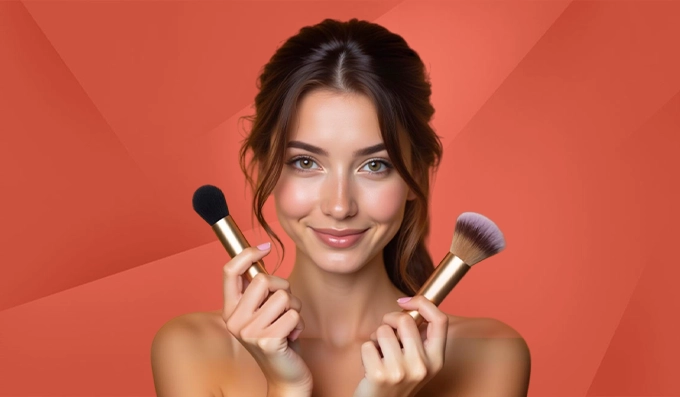I still remember the first time I did my own makeup. I followed every step I saw in tutorials, but when I looked in the mirror, yikes! My foundation looked cakey, my eyeliner was messy, and my lipstick smudged. If you’ve ever felt the same, trust me, you’re not alone.
Table Of Content
- Using the Wrong Foundation Shade
- How to Fix It:
- Applying Too Much Powder
- How to fix it:
- Ignoring Primer
- How to Fix It
- Overdrawing Eyebrows
- How to Fix this
- Using Too Much Blush
- How to fix this
- Incorrect Concealer Application
- How to Fix It:
- Not Setting Makeup
- How to fix this
- Using Too Much Highlighter
- How to Fix It
- Overdoing the Eyeliner
- How to fix it
- Not Cleaning Brushes and Tools Regularly
- How to Fix it
- Conclusion
Makeup can be tricky, and small mistakes can sometimes change the look. Your concealer creases, your bronzer looks too harsh, or your mascara smudges by midday. These are easy to fix once you know what’s going wrong.
In this article, I’ll share 10 common makeup mistakes and how to fix them. With just a few small changes, you can make your makeup look smoother, fresher, and more flawless.
Using the Wrong Foundation Shade
You’ve probably picked a foundation that seemed perfect in the store, only to look off once you’re home. It could be too pink, orange, or just not your skin tone. Even different skin types need different foundations. What works for oily skin won’t work for dry skin, and vice versa.
How to Fix It:
If you have dry or mature skin, use a hydrating foundation with a dewy finish. For oily skin, a matte finish is your best bet. Try a natural finish foundation if your skin’s a bit of both. Find what works for you! Always wait 10-15 minutes to let the foundation settle and oxidize. Then, check it in natural light. That’s when you’ll
Applying Too Much Powder
Have you ever gone a little overboard with your setting powder and ended up looking cakey? It’s a common mistake when we try to lock our makeup in place. But too much powder can create a dry, heavy finish. If you’ve applied setting powder and found your skin looking anything but smooth, you’re probably guilty of over-powdering.
How to fix it:
To avoid the dreaded cakey finish, lightly apply powder instead of packing it. A good trick is using a damp beauty sponge. The dampness helps the powder blend smoothly into your skin.
It gives you a much more natural, flawless finish. Gently dab the sponge with a small powder and press it into your skin. This way, you get that beautiful, airbrushed look without all the heaviness.
Ignoring Primer
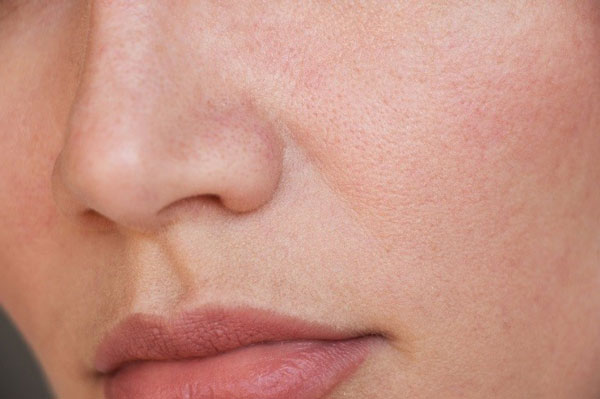
We’ve all skipped primer before applying makeup or choosing the wrong one. It’s easy to forget or even dismiss it as unnecessary. However, not using the right primer can affect your entire makeup routine. Without a primer, your foundation won’t blend as well.
It may settle into pores and fine lines. This makes them more noticeable instead of minimizing them. Your makeup may fade faster or, even worse, become patchy by midday.
How to Fix It:
Pick the right primer for your skin type. If you’ve got dry skin, go for one that hydrates. If you struggle with oily skin, find a mattifying primer. And if you’ve got large pores or redness, go for a smoothing or color-correcting primer.
Overdrawing Eyebrows
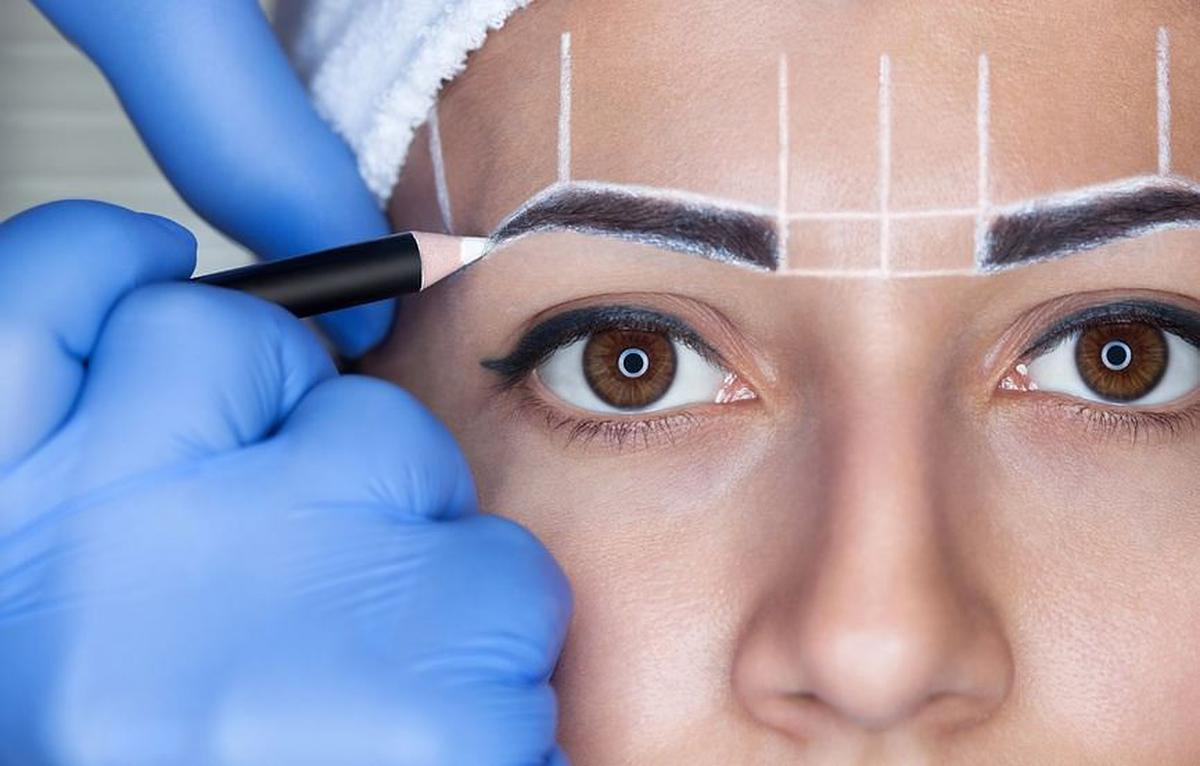
Regarding eyebrow mistakes, there’s a lot to watch out for. We try to make both brows identical, which can lead to over-plucking. Using a too-dark filler makes them look harsh and unnatural, while over-plucking leaves your brows looking sparse and difficult to fill in. Plus, using the wrong brush can make your strokes look blocky, and plucking them into a tadpole shape makes them appear overly pointed and unbalanced.
Not blending your brow filler properly results in harsh lines, and skipping brow gel means your hard work won’t last. Lastly, relying on brow stencils may leave you with a shape that doesn’t suit your face.
How to Fix this:
Don’t stress about making them identical. Let your brows grow back if you’ve overplucked, and allow them to shape naturally. When using brow filler, choose a shade slightly lighter than your natural hair color to avoid harshness. Always use a thin, angled brush to apply filler for precision and blend it with a spoolie brush to make it look natural.
Avoid over-plucking or using a magnifying mirror; instead, step back from the mirror regularly and be gentle with your tweezing. Focus on defining the natural shape of your brows; if you’ve gone too far, let them grow back.
Using Too Much Blush

We’ve all gone a little too heavy with the blush, and suddenly, we’re left looking like we’ve had a run-in with an angry hand. The cheeks are bright, and not in a good way! It’s easy to get carried away with the brush.
How to fix this
Grab some face powder. Lightly dust it over the area and buff it in gently. This will tone down the color and help blend everything into a more natural flush.
Always tap off the excess blush before applying it to keep this from happening again. Start near your hairline and use a light, sweeping motion to apply the color. Then, blend out any harsh lines with an up-and-down motion. This way, your blush will look soft and natural.
Incorrect Concealer Application
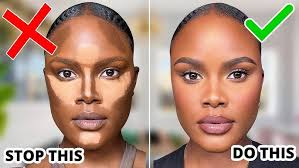
Concealer brightens your eyes, hides blemishes, and saves you after a long night. Ever find yourself caking on layer after layer, hoping to cover those dark circles?
Instead of fixing the problem, it often highlights fine lines and makes your skin look unnatural. Overapplying is only going to work against you.
How to Fix It:
Apply a thin layer of concealer. Focus on those pesky dark circles and blemishes. Blend it well, and it’ll look fresh and natural. If you need extra help with stubborn blue tones, try using a peach or salmon color corrector before applying your concealer. It’ll help you use less product while still getting that smooth, flawless finish you’re after.
Not Setting Makeup
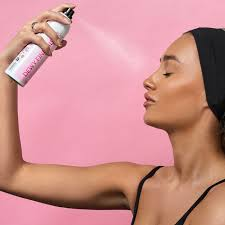
You’ve just finished applying your foundation and concealer, and you’re thinking, “I’m done!” But if you don’t set everything properly, your makeup won’t last. That’s the mistake many of us make. Without the final step, your makeup can smudge, fade, or even melt off during the day.
How to fix this
Once you’ve done your foundation and concealer, grab a face powder. If you have dry skin, go for a lightweight, glowing powder. For oily skin, choose a mattifying powder. Use a fluffy makeup brush to gently swirl the powder over your face to lock everything in place.
But you’re not finished yet!
To keep your makeup in place, finish with a few spritzes of setting spray. Shake it well, hold the bottle 8-10 inches away, and spray four to six times in an ‘X’ and ‘T’ motion.
Using Too Much Highlighter
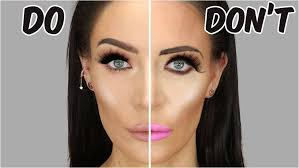
This is one of the most common makeup mistakes. I know how tempting it is to slather on highlighter, especially with all the glowing trends like strobing and glazed donut skin. It’s easy to get carried away because highlighter gives us that beautiful glow. But too much can leave you looking more sweaty than radiant.
When you start applying highlighter everywhere, it can create a shiny, overdone look. I’ve learned that less is more. And that applies to highlighters, too. More isn’t better; too much can turn you from glowing to greasy in seconds!
How to Fix It
Focus on applying highlighter to just a few key areas of your face. Think of the spots that naturally catch the light. The cheekbones, brow bones, inner corners of your eyes, and Cupid’s bow are your best friends here. You’ll highlight your natural bone structure without overdoing it when applied to these places.
Another trick I swear by is applying it to darker spots around your eyes. It makes you look more awake and well-rested!
Overdoing the Eyeliner
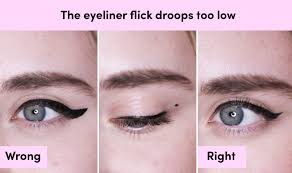
Eyeliner is one of the most powerful tools in your makeup kit. It can make your eyes pop, or it can quickly go overboard. I’m talking about the common mistake of using harsh or overly thick eyeliner. This is another of the most common mistakes that I found many people making.
You want a bold look, but you end up with something that feels more like a mistake. It can make your eyes look smaller, heavier, or even slightly angry, like you’re trying too hard. Ever looked in the mirror and thought, “Whoops, this is not what I was going for”?
How to fix it
Instead of going in with that heavy, defined black line, try switching things up by opting for a thinner line. A delicate line along your upper lash line can add enough definition without overwhelming your eyes. If you like a smudged look, then go for that! Softly smudged eyeliner will give you a more relaxed, flattering appearance.
Another way to fix the issue is by gradually building up the intensity. Start with a thin line; add layers if you want more drama. This way, you control how much eyeliner you use so it doesn’t get out of hand.
Not Cleaning Brushes and Tools Regularly
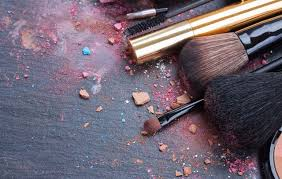
You know that feeling when your makeup doesn’t go on as smoothly as usual? It might not be the makeup itself. Your brushes could be the culprit. If you’re not cleaning them regularly, you’re probably spreading bacteria, leftover products, and dirt onto your skin.
And trust me, that’s a surefire way to cause breakouts and uneven makeup application. Dirty brushes carry all the yucky stuff: oils, pollution, dead skin cells, and even harmful bacteria like staph and E. coli.
The buildup can mess with your skin and makeup when you skip cleaning your brushes. Your brushes won’t blend properly, and the product won’t apply as smoothly. Plus, they can lose shape, making it harder to get that flawless finish.
How to Fix it:
Clean your brushes regularly, at least once a week, and more often for face brushes. Please wash them quickly with lukewarm water, lay them flat to dry, or hang them with the bristles pointing down. Cleaning helps keep your skin clear, extends the life of your brushes, and ensures your makeup applies smoothly.
Conclusion
Makeup should be fun, not frustrating! We’ve all made these common mistakes at some point, but now you know how to fix them. Small changes, such as blending more, selecting the right shades, or using less product, can make a significant difference in how your makeup looks and lasts.
The best part? You don’t have to be a pro to get it right. It’s about learning, experimenting, and finding what works for you. So, the next time you pick up your makeup brushes, you’ll feel more confident and in control.


